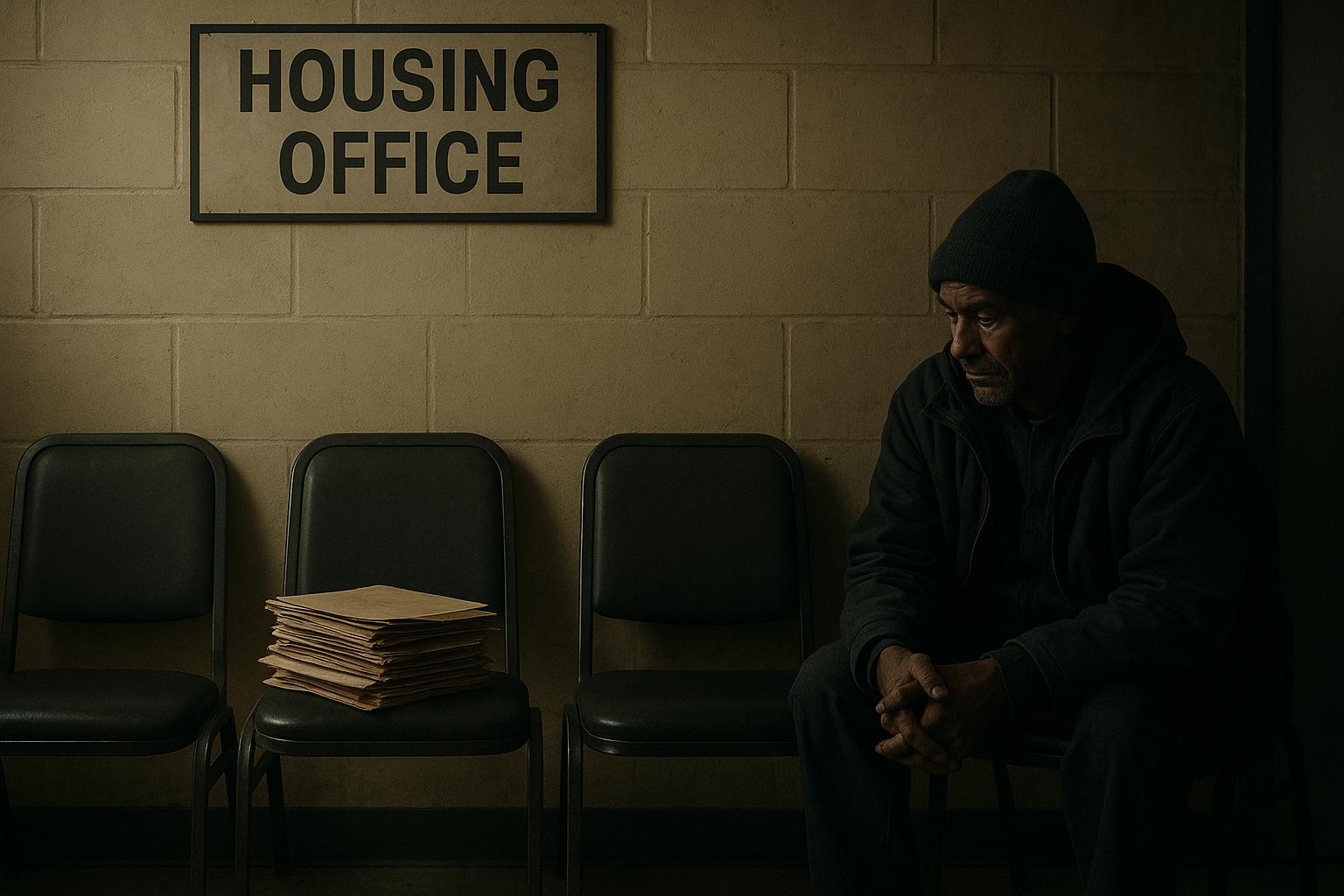Harlie Swann’s story is a poignant illustration of the deep-rooted challenges facing social housing allocation in Croydon. At 30, Swann has spent her entire adult life in temporary accommodation, enduring an ongoing 15-year battle for a permanent home. Her frustration reached a peak earlier this year when a sudden message from Croydon Council indicated she had been shortlisted for a property, only for that hope to be swiftly dashed. The housing officer later informed her she was no longer on the shortlist, leaving Swann feeling the system was more a matter of chance than fairness.
Swann’s experience is a stark reminder of the human impact behind the borough’s persistent housing crisis. She has moved repeatedly across Croydon, Sutton, and Lambeth, with her children—aged nine and three—never having a stable home. Her older son, who is receiving therapy for ADHD, has expressed the distress of not being able to settle or make their temporary accommodations feel like home. Swann highlights the mental health toll that this instability has exacted on her family, describing ongoing issues with mould and faulty boilers in her present temporary residence.
Croydon Council operates a housing allocation system called Croydon Choice, launched in 2017 as a choice-based lettings scheme intended to offer residents greater control over their housing options through bidding on available properties online. Applicants are placed into one of three priority bands, with Band 1 reserved for those with the most urgent needs, based on factors such as overcrowding, medical conditions, and homelessness risk. However, extended time in temporary accommodation does not inherently increase one’s priority band, leaving some, like Swann, trapped in a revolving door of temporary housing despite pressing needs.
The council’s official figures reveal a sobering context: over 3,600 households currently reside in temporary accommodation, while more than 8,600 are on the waiting list for social housing. The average waiting time is around eight to nine years depending on property size. Croydon Council itself recognises the severe shortage of affordable homes, with around 400 new homelessness applications monthly but only a limited turnover of council homes. Thus, the reality is that supply falls dramatically short of demand, accounting for the prolonged waits and uncertainty faced by residents.
In response to Swann’s calls for reform, the council emphasises its commitment to preventing homelessness and supporting applicants but acknowledges the constraints imposed by the housing shortage. It continues to assist residents by exploring alternative housing options, including private rentals and affordable homeownership schemes, acknowledging these as necessary in the current climate.
Swann’s petition for a complete overhaul of the bidding system advocates for a process that prioritises applicants based on comprehensive criteria including length of wait, family size, economic need, and health conditions, rather than relying on a system she perceives as random. The petition demands transparency and regular communication from the council to build trust and reduce the anxiety that arises from the current opaque and prolonged process.
Her case underscores a broader debate on the efficacy and fairness of choice-based lettings systems in contexts of extreme housing scarcity. While designed to be transparent and community-focused, these systems can inadvertently perpetuate inequality when supply is insufficient. Experts and housing advocates often argue that without an increase in stock and tailored prioritisation mechanisms to address complex social vulnerabilities, bidding systems alone cannot resolve issues faced by long-term temporary accommodation residents.
Croydon’s housing allocation scheme mirrors similar frameworks used in many boroughs, with the intent to balance fairness and need through structured bands and bidding. Yet, the lived experiences of people like Swann highlight how administrative structures and scarce resources collide to create persistent hardship. The council’s public statements and schemes show an awareness of the challenge but also the limits imposed by broader systemic issues such as funding, property availability, and the demand for social housing across London.
Swann’s story draws urgent attention to the human cost of housing scarcity and calls for innovation in how boroughs prioritise social housing applicants. Ensuring stable housing for families with complex needs is not only a matter of fairness but essential for child development, mental health, and community well-being. Swann's campaign seeks to place these considerations at the heart of Croydon's approach to social housing, demanding that housing allocation be more than just a lottery.
📌 Reference Map:
- Paragraph 1 – [1], [4]
- Paragraph 2 – [1], [2]
- Paragraph 3 – [1], [3], [4]
- Paragraph 4 – [1], [2]
- Paragraph 5 – [1], [2]
- Paragraph 6 – [1], [3], [4]
- Paragraph 7 – [1], [2]
- Paragraph 8 – [1], [3], [6]
- Paragraph 9 – [1], [4]
Source: Noah Wire Services
